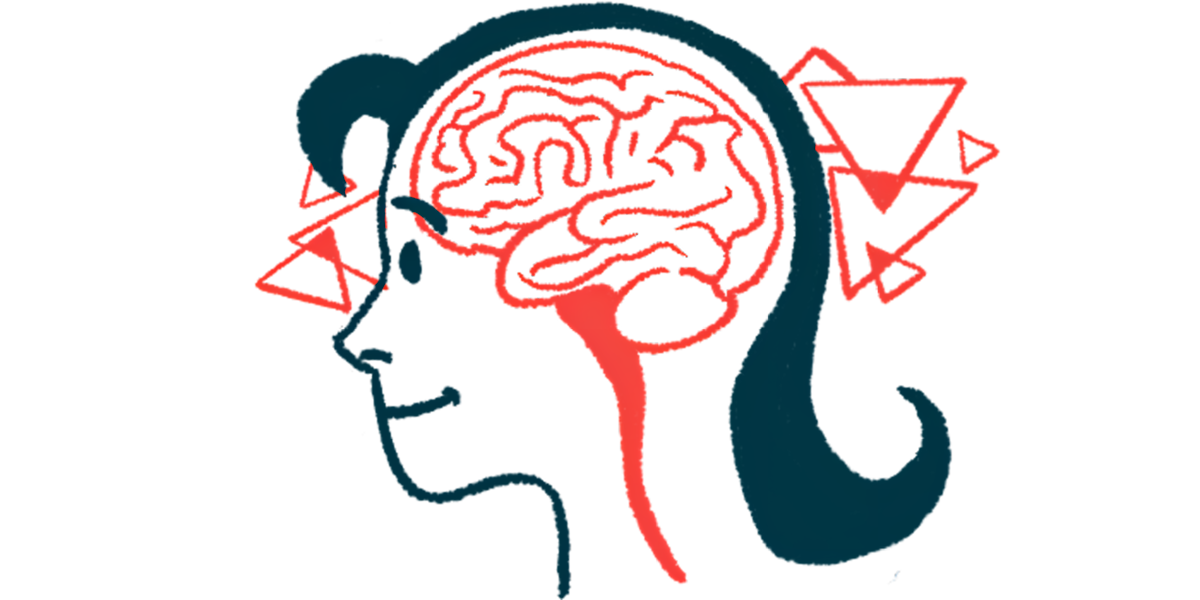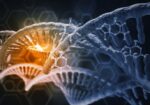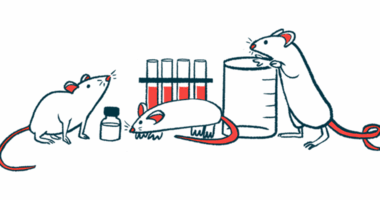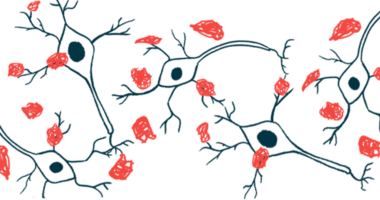Gene therapy tool reaches brain structures affected in Parkinson’s
Findings of lab study called 'a major step forward' in treatment development

A gene therapy tool dubbed AAV-DB-3, being developed by Latus Bio to deliver therapeutic genetic material into cells, is able to reach deep structures in the brain — among them ones that become damaged in neurodegenerative disorders such as Parkinson’s disease — a study in mice, monkeys, and lab-grown human cells has found.
According to the researchers, these findings show the experimental tool may advance gene therapies for Huntington’s disease and Parkinson’s.
“AAV-DB-3 represents a major step forward in solving one of the biggest challenges in both Huntington’s and Parkinson’s disease gene therapy — delivering genetic payloads precisely and effectively to deep brain structures,” Jang-Ho Cha, MD, PhD, chief scientific officer at Latus, said in a company press release.
The study, “Optimized AAV capsids for basal ganglia diseases show robust potency and distribution,” was published in the journal Nature Communications. Six of its 14 authors founded Latus and two of them also work as company employees.
Like Huntington’s and other neurodegenerative diseases, Parkinson’s damages the basal ganglia — a group of deep brain structures essential for coordinating movement. In Parkinson’s, disrupted signaling within the basal ganglia leads to motor symptoms such as tremors, stiffness, and slowed movement.
Seeking better ways to reach deep brain structures with gene therapy
Gene therapy has been explored in recent years as a way to restore this signaling. However, the researchers noted, the brain structures such therapies target “pose unique challenges for therapeutic delivery.” Specifically, these structures “lie deep within the brain and span large areas that cannot be fully targeted by a single, direct delivery,” the team wrote.
Delivery directly into brain tissue, known as intracerebral injection, or into the bloodstream via intravenous administration often fails to reach the basal ganglia. To get around these challenges, Latus makes use of adeno-associated viruses, or AAVs — harmless viruses repurposed to be used as vectors to carry therapeutic genetic material.
Using the company’s technology, researchers screened about 6.8 million different capsids, or the outer shell of an AAV. These were delivered via injection of a small dose and volume to the globus pallidus of nonhuman primates. The globus pallidus is part of the basal ganglia and is linked to tremor, a hallmark of Parkinson’s.
From this screen, the team selected AAV-DB-3 for further testing. At single doses 10 to 100 times lower than those currently being used in the clinic, this capsid delivered genetic material to about 45% of medium spiny neurons in these animals. Spiny neurons are nerve cells that become damaged in both Huntington’s and Parkinson’s.
The capsid also entered other important deep-structure nerve cells, the researchers found.
[AAV-DB-3 and other capsids appear] capable of broad access to key deep brain and cortical structures relevant for human therapies.
“These findings suggest that AAV-DB-3 and other capsid variants from our screening platform are highly promising vectors for a broad range of neurodegenerative disorders that affect deep brain and associated cortical brain regions,” said Beverly Davidson, PhD, chair of Latus’ scientific advisory board.
The AAV-DB-3 capsid behaved similarly in mice and in human neurons grown from induced pluripotent stem cells — a type of stem cell that can be guided to become almost any type of cell. This suggests that AAV-DB-3 could deliver gene therapy throughout the human basal ganglia and its connected networks, per the team.
The team noted that AAV-DB-3 and other capsids appear “capable of broad access to key deep brain and cortical structures relevant for human therapies.”
Overall, according to the researchers, “our results suggest that delivery of AAV-DB-3 to the [globus pallidus] may provide an alternative to high-volume convection-enhanced delivery or high-dose [intravenous] delivery for AAV gene therapies targeting deep brain areas.”







